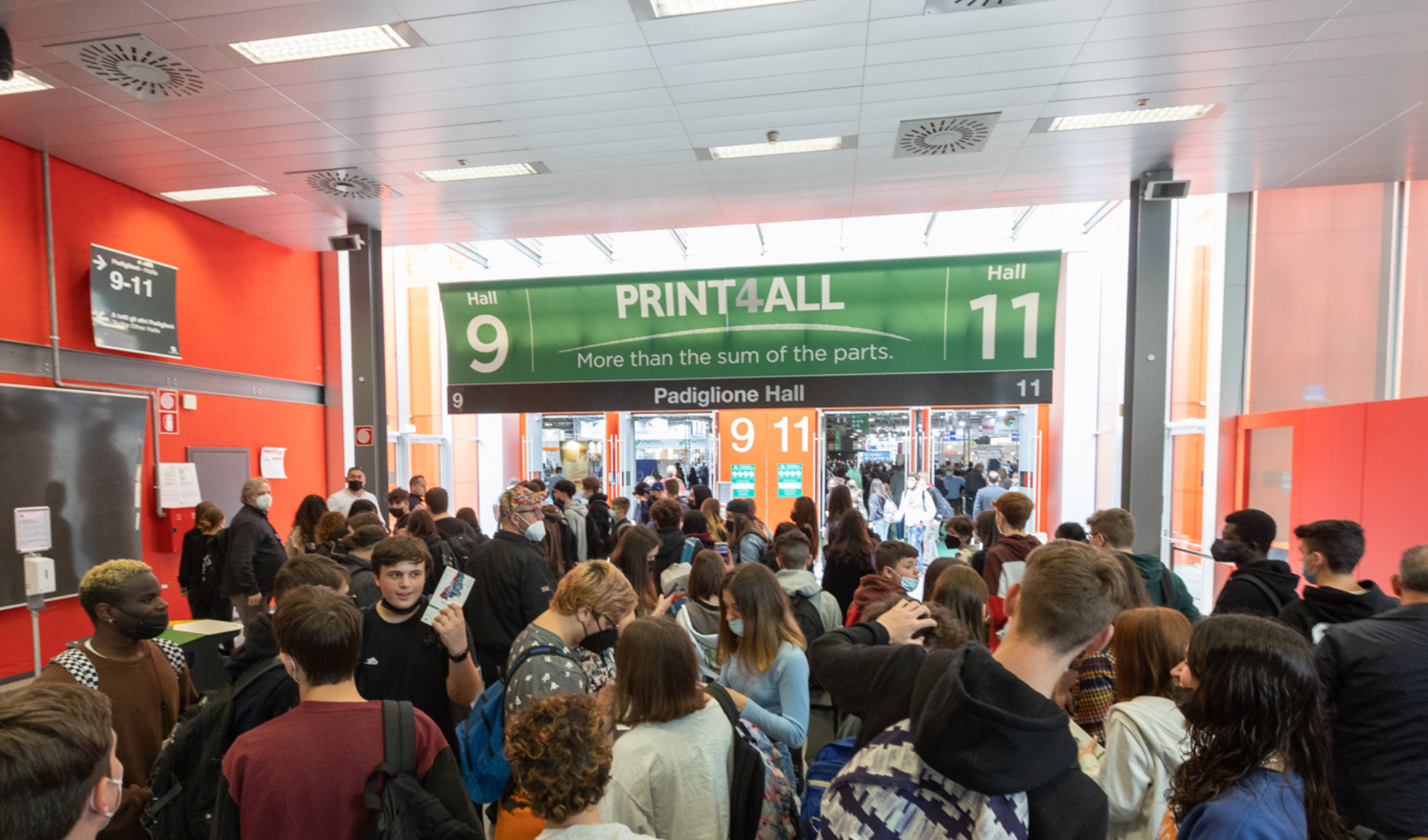In the museum context, print plays a crucial role in creating an immersive experience that engages visitors emotionally and intellectually. The information provided by the press is essential in providing a historical, artistic or social context for the works on display. This is done through a variety of formats including descriptive panels, artwork labels, information brochures and exhibition catalogues.
Explanatory panels and captions need to be carefully designed to strike the right balance between detail and clarity of language. An overly technical text may be incomprehensible to a general audience, while an overly simplistic description may not adequately enhance the work. A balance must be struck that allows both experts and less informed visitors to appreciate the value of what they are seeing.
Exhibition catalogues and brochures also play an important role, allowing the public to delve deeper into the topics covered. These materials are intended not only to provide detailed information about the works on display, but also to be a resource to be preserved, consulted or disseminated, extending the experience of the exhibition beyond the time of the visit.
The choice of graphic design for the printed materials is also interesting. Typography, colours and text layout should be in keeping with the overall feel of the exhibition. For example, in a contemporary art exhibition, the print design might be minimalist and clean, with a balanced use of negative space to emphasise the innovative nature of the works. For a classical art exhibition, however, a more traditional design might be more appropriate, with serif fonts and a colour palette that evokes the aesthetics of the period.
With the advent of digital technologies, museum installations and printing have evolved, offering new ways to enjoy them. For example, the use of QR codes, interactive screens and augmented reality allows visitors to access additional content, overcoming the limitations of physical printing. Many museums are now integrating these technologies into their exhibition design to provide an interactive and personalised experience, offering a level of depth that paper-based media alone could not provide.
However, physical print still has an important role to play, as direct contact with a tangible object such as a brochure or catalogue provides an experience that cannot be fully replaced by digital. In addition, many visitors appreciate the opportunity to take home a physical memento of their experience.


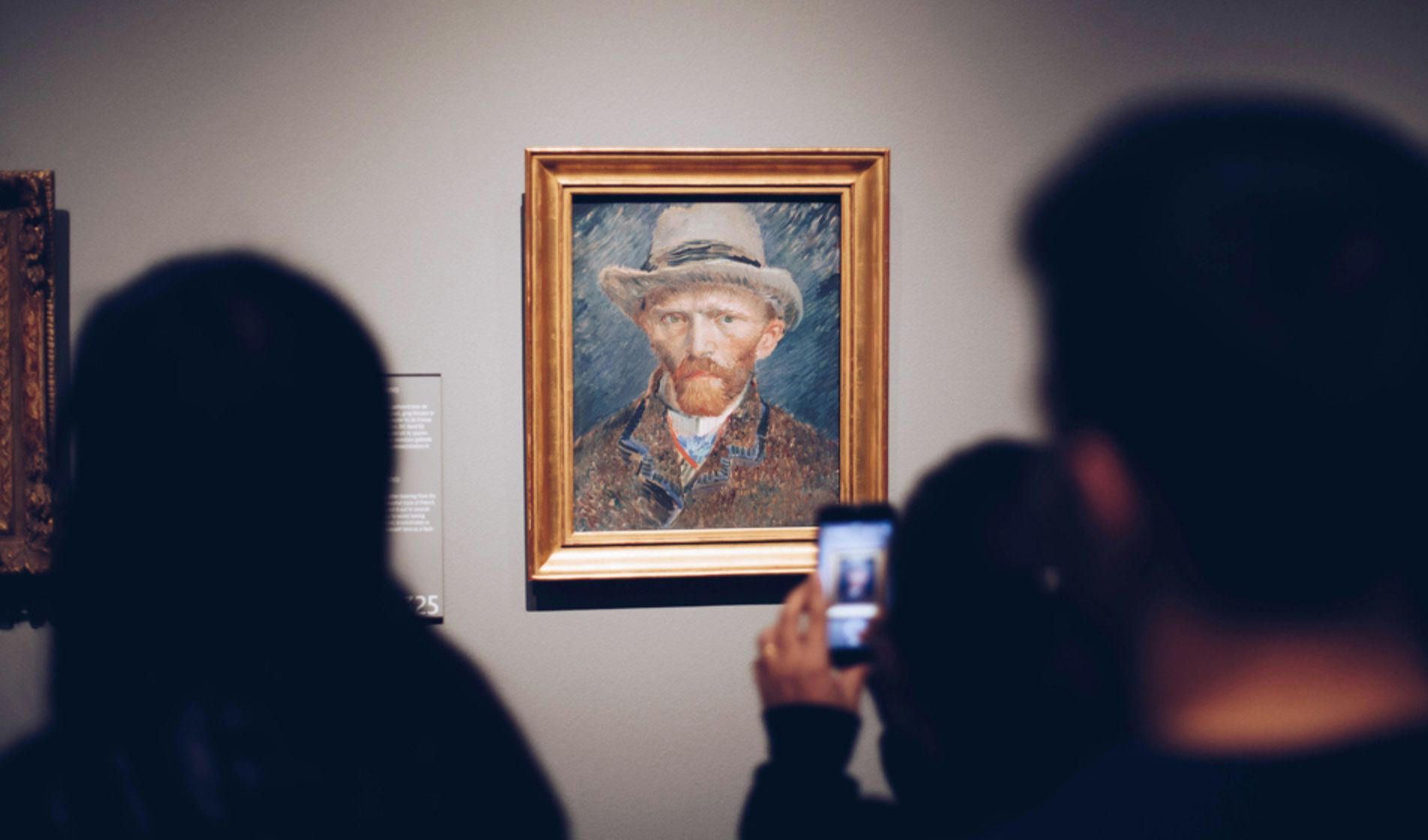
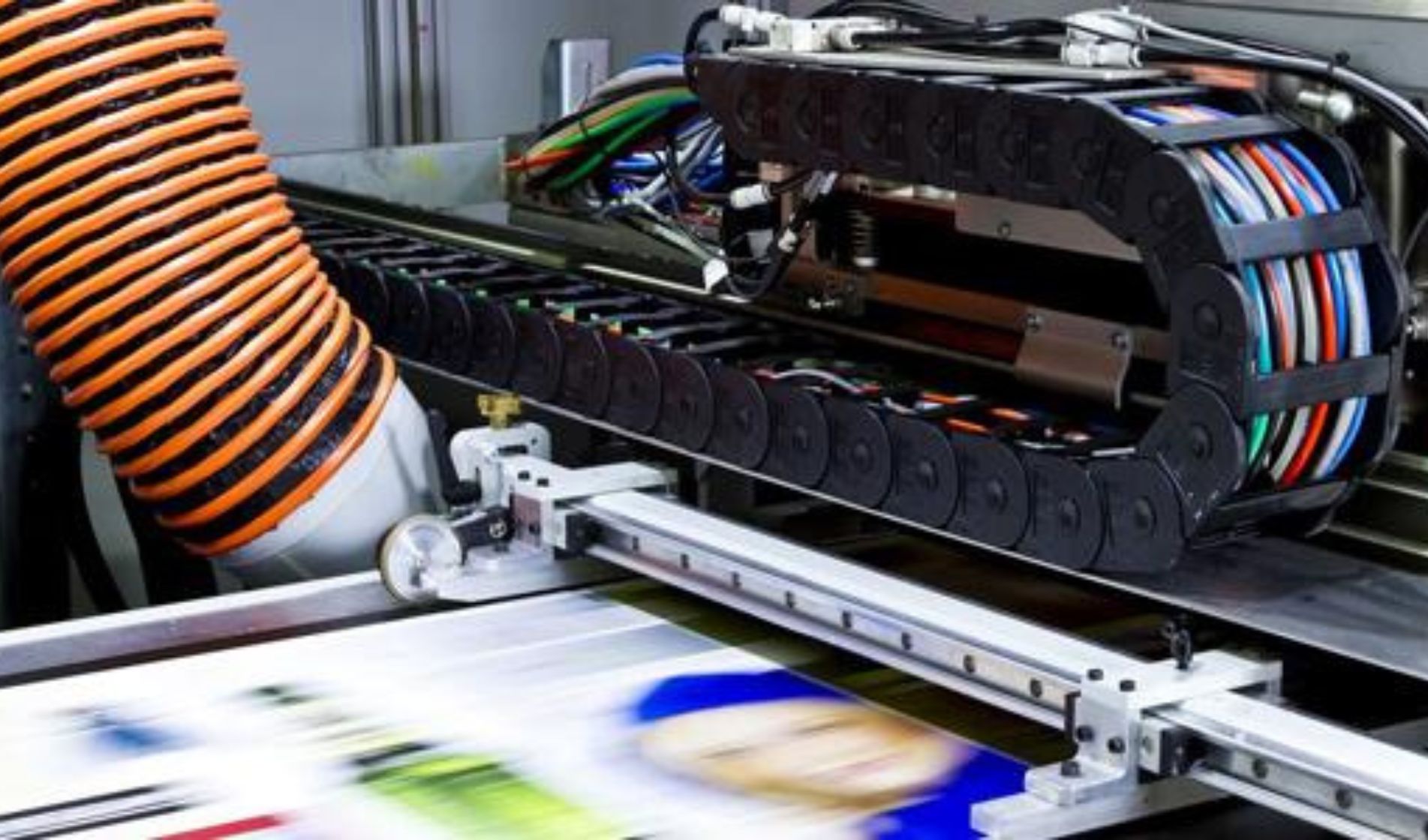
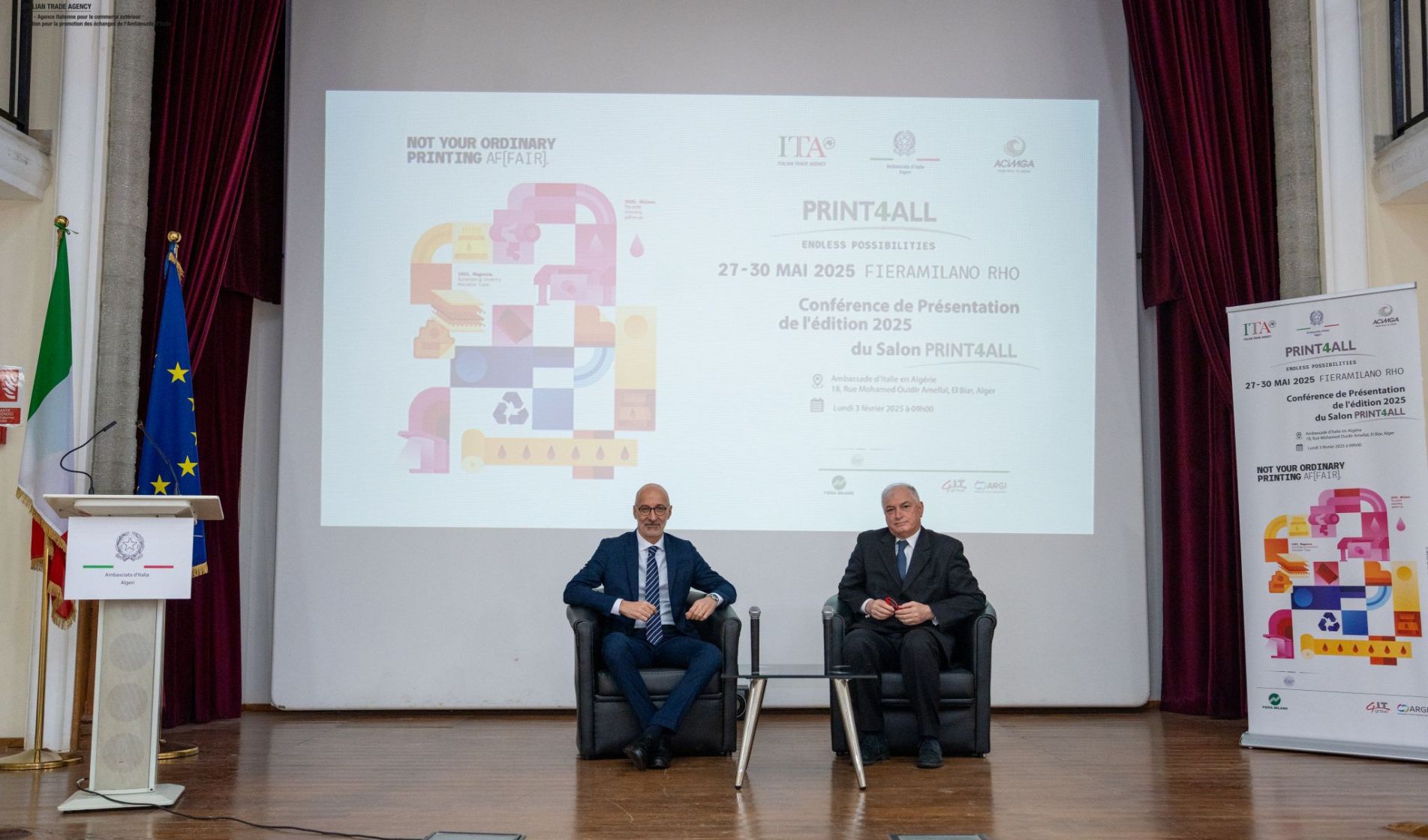
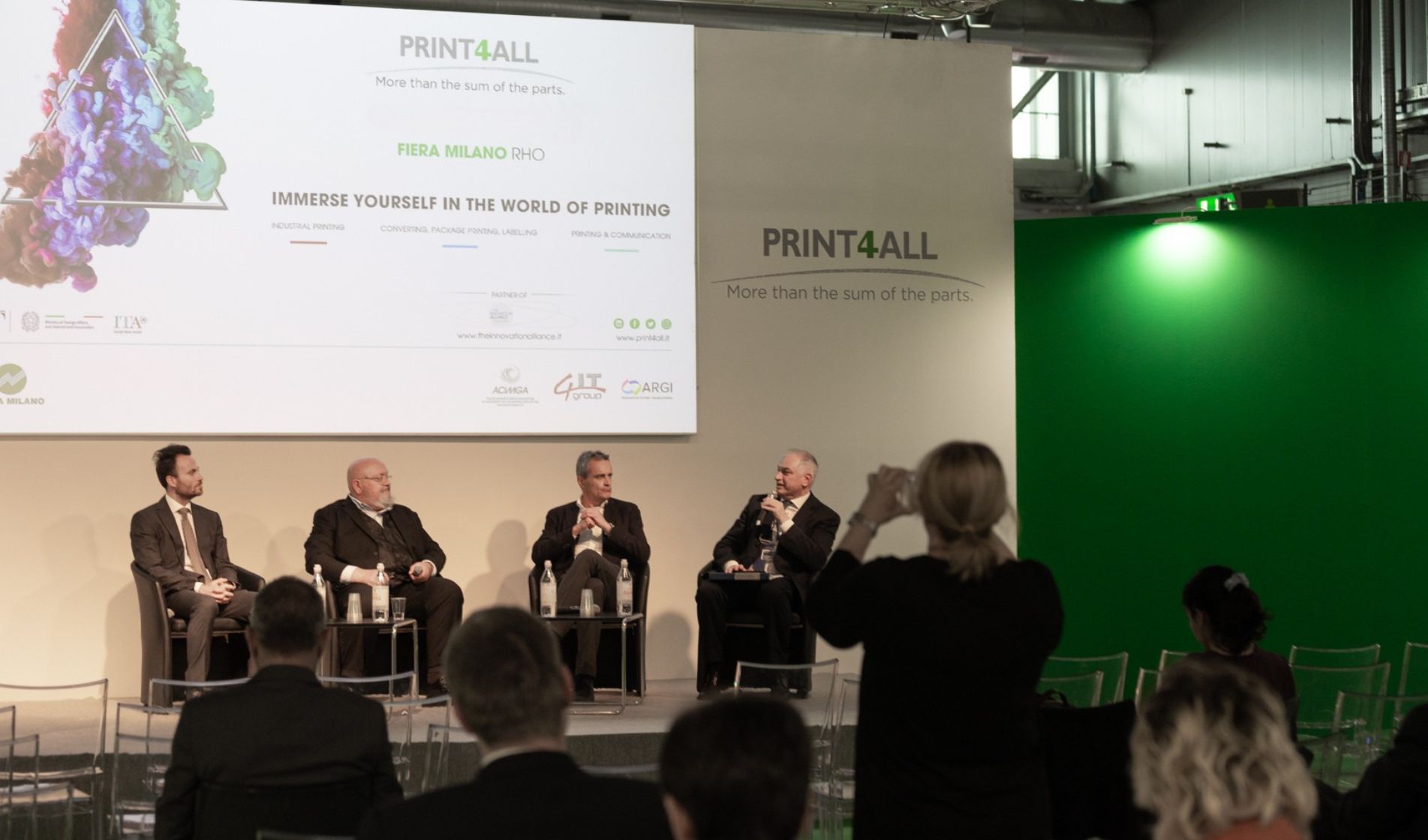
.jpg)
